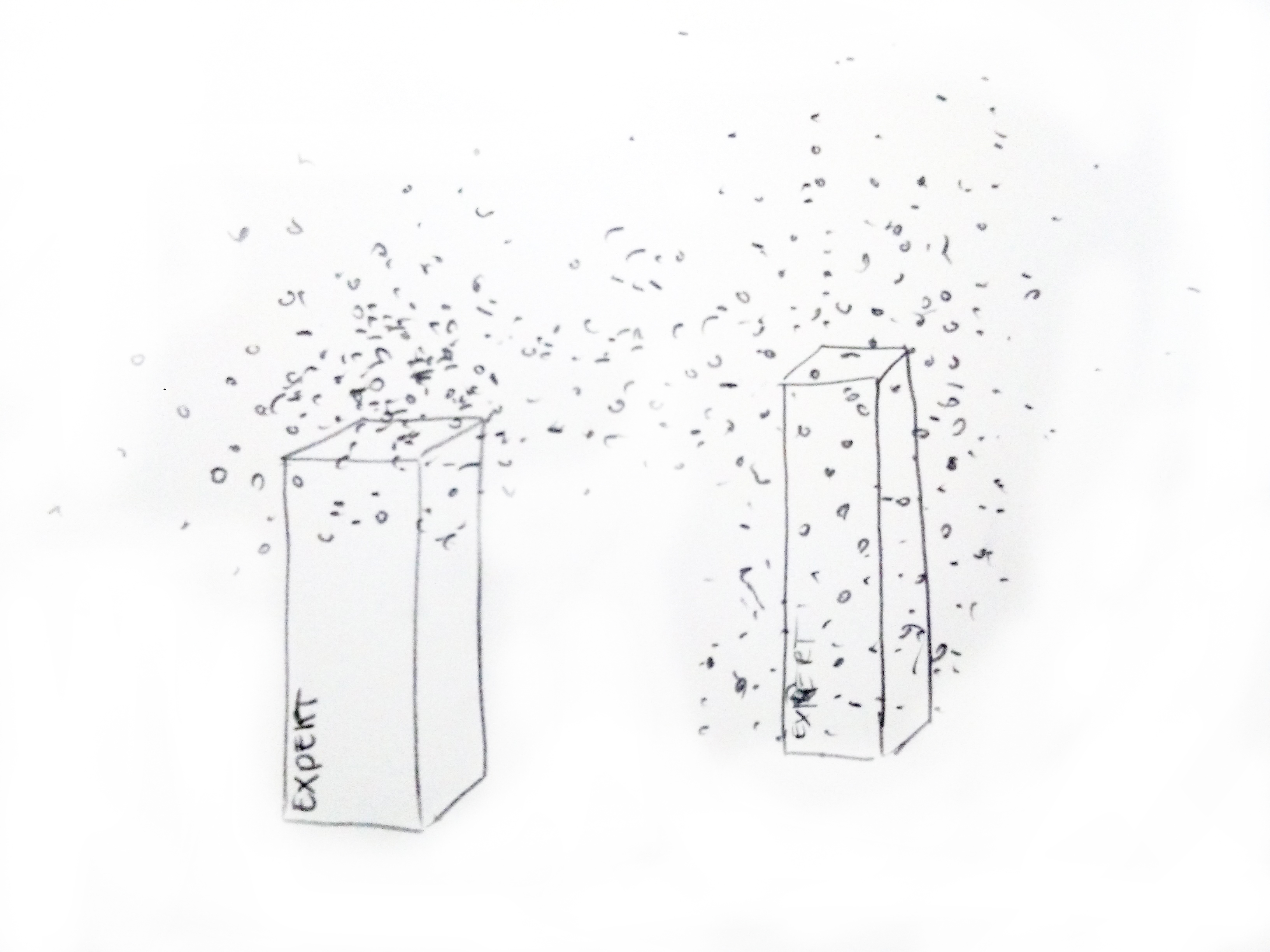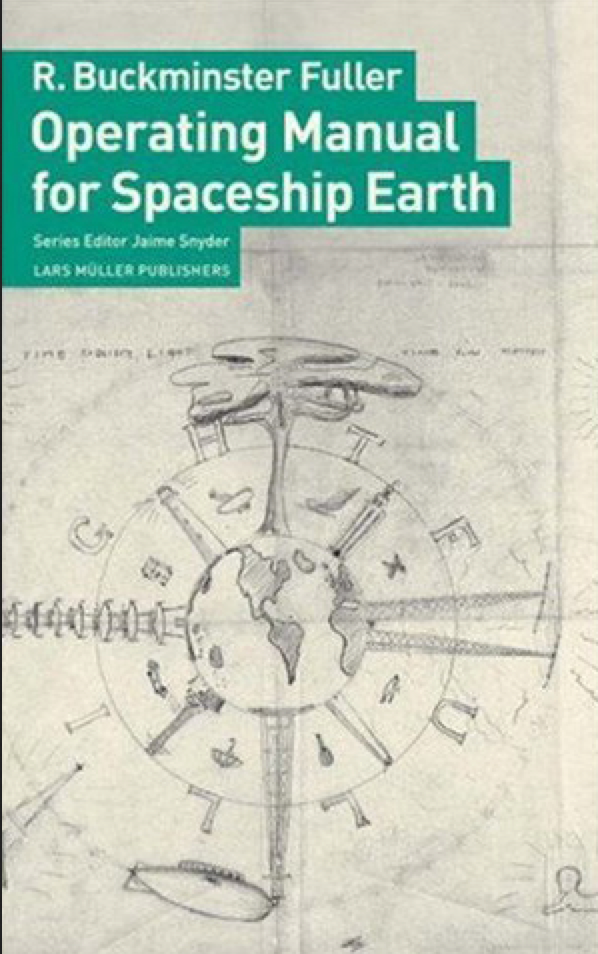>>> NEXT CHAPTER <<<PREVIOUS PAGE >TABLE OF CONTENTS<
2.2 CHANGE MAKERS
Who, then, have these intellectual capabilities in order to ‘learn’ how to survive on ‘Spaceship Earth’? Who are the ones that are capable of addressing these ecological issues? Who can be regarded as change makers?
In the traditional context, problem solvers are regarded as experts. However, this concept of experts solving problems isn’t sufficient anymore. The complexity of these ecological problems requires a drastic new perception of the ones that are capable of contributing to new insights. As Rittel and Webber concluded, “The professionalized … are not readily adapted to contemporary conceptions of interacting open systems and to contemporary concerns with equity…. the complex nature of these ecological issues demand different approach in cooperation’s that are inclusive”. (Rittel and Webber, 1973, p.156) This means that the experts can no longer be regarded as the change makers. It demands a redefinition of who the new change makers are and how this process functions. If the change makers aren’t the experts anymore, then can the non-experts be seen as the new change makers? This provides a problem to explore.
Papanek argued that both experts and non-experts could be considered change makers. He called for an inclusion of “the people for whom the design team works”, or the non-experts as clients of the expert design team in order to deal with ecological issues. Because “without the co-operation of the eventual ‘clients’, no socially meaningful design can be done.” (Papanek, 1984, p.119) Dunne and Raby described our reality as a co-existence of seven billion individual human beings living in a unique world and regarded all human beings as these change makers. They argued that “change starts with the individual and that the individual needs to be presented with many options [through speculation] to form an opinion.” (Dunne and Raby, 2013, p.159) Leadbeater and Miller described the change makers as “the Pro-Ams; the new driving force, creating new streams of knowledge, new kinds of organisations, new sources of authority”. (Leadbeater and Miller, 2004, p.71) The Pro-Ams embody an inclusion of both expert as well as non-expert knowledge into one person; this creates new unique individual knowledge that is needed to deal with ecological issues.
 Change Makers diverge between their expert core and an individual particle network; Drawing Piscaer May 2017
Change Makers diverge between their expert core and an individual particle network; Drawing Piscaer May 2017
How will this process of including expert and non-expert knowledge work? Rancière described the process of merging knowledge (not in the context of change makers towards ecology) in ‘The Ignorant Schoolmaster: Five Lessons in Intellectual Emancipation’ (Rancière 1991). The process of merging expert ‘Learned’ and non-expert ‘Ignorant’ knowledge as ‘equality of intelligence’ (Rancière,1991, p.32) where merging knowledge happens if both are equally valued. This process of ‘equality of intelligence’ is a responsibility of education. In other words, there is a need to see all individuals as change makers. This means seeing experts not as the opposite of non-experts, but a convergence of both where they are equally valued.
 Cover book ‘Operating Manual For Spaceship Earth’, by Buckminster Fuller
Cover book ‘Operating Manual For Spaceship Earth’, by Buckminster Fuller
In ‘Operating Manual For Spaceship Earth’, Fuller called these change makers “Sea-Mastering people, the great outlaws or Great Pirates.” He thought that people (experts as well as non-experts) operating bravely as outsiders in the real world are the ones capable of dealing with ecological issues. He described this as being “simply because the arbitrary laws enacted or edicted by men on the land could not be extended effectively to control humans beyond their shores and out upon the seas. … only laws that could and did rule them were the natural laws – the physical laws of universe which when tempestuous were often cruelly devastating.” (Fuller, 1969, p.6) In other words, he highlighted that the context of ‘reality’ allows for the development of merging knowledge (experts and non-experts), and the creation of change makers.
CONCLUSION
Change makers aren’t the opposite of experts. They could be considered as individual people operating within a ‘real’ context, fluidly moving between expert and non-expert knowledge where both are equally valued. They can critically switch and re-position between systems and contexts. In other words, they embrace being a professional and an amateur; a Pro-Am. The process of merging knowledge won’t happen on an individual base as Rancière argued and there is a role for education. For this new unique knowledge to be beneficial towards ecological issues it requires transdisciplinary cooperation, I will elaborate on this in the next chapter.
>>> NEXT CHAPTER <<<PREVIOUS PAGE >TABLE OF CONTENTS<
